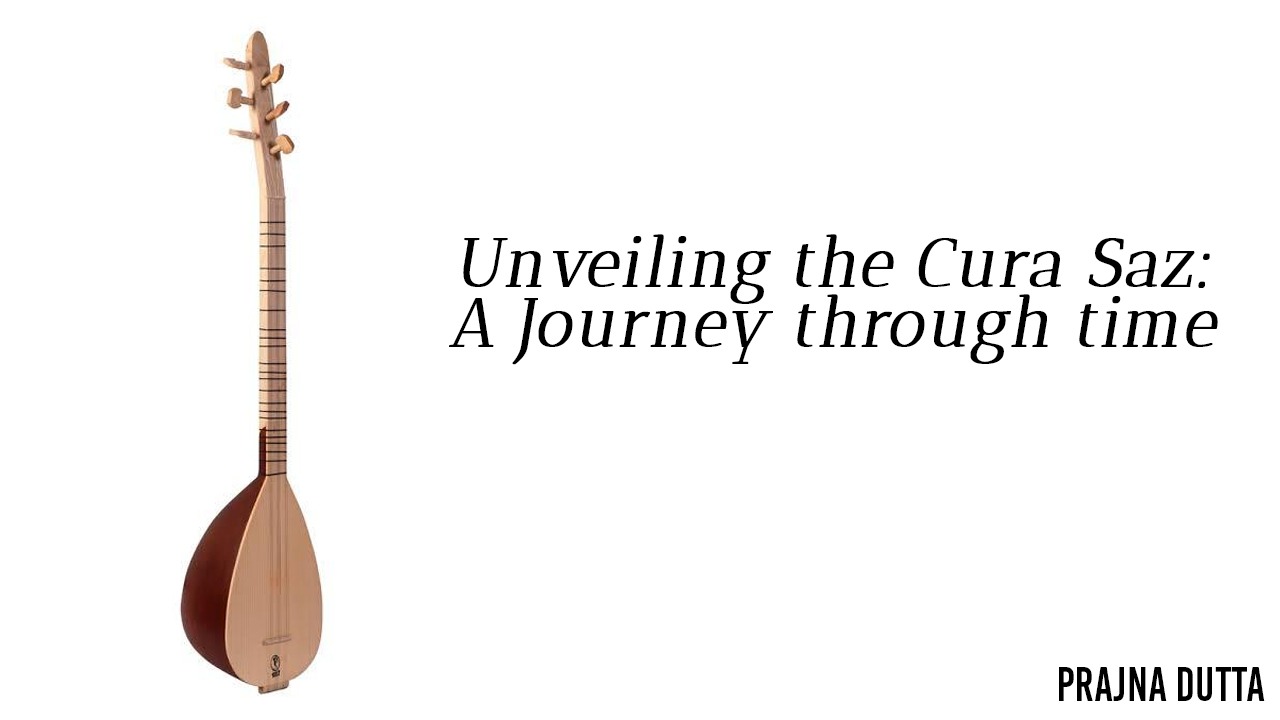Introduction:
The Cura Saz is a captivating musical instrument that has been an integral part of Turkish and Middle Eastern music for centuries. With its unique design and enchanting sound, the Cura Saz has captured the hearts of musicians and listeners alike. In this article, we will delve into the history, development, and performance of this fascinating instrument.
History:
The origins of the Cura Saz can be traced back to ancient Mesopotamia, where similar stringed instruments were played. Over time, these instruments evolved and spread across different regions, eventually leading to the development of various types of saz instruments, including the Cura Saz. The Cura Saz is believed to have emerged in Anatolia, the cultural heartland of Turkey, during the Ottoman Empire.
Development:
The Cura Saz is a long-necked lute, similar to other saz instruments like the Baglama and Divan Saz. It typically consists of a wooden pear-shaped body, a long fretted neck, and three or four metal strings. The frets on the neck are movable, allowing musicians to adjust the tuning according to their preferences. Traditionally, the Cura Saz had three strings, but the addition of a fourth string became popular in the mid-20th century.
Performance:
The Cura Saz is known for its rich, resonant sound and its ability to evoke a wide range of emotions. It has been a prominent instrument in Turkish classical and folk music, as well as in various regional styles across the Middle East. The Cura Saz is often played solo or as part of an ensemble, accompanied by other traditional instruments such as the oud, kanun, or darbuka.
Playing the Cura Saz requires a unique technique. Musicians use a small plectrum, called a "mızrap," to pluck the strings, producing a bright and melodic sound. The frets allow for various melodic ornaments and slides, enabling musicians to create nuanced and expressive performances. The Cura Saz is capable of playing both hauntingly melancholic melodies and lively, rhythmic tunes, making it a versatile instrument.
In recent years, the Cura Saz has gained popularity beyond its traditional cultural context. Musicians around the world have embraced its unique sound and incorporated it into various genres, including contemporary and fusion music. This cross-pollination has led to the instrument's continued evolution and adaptation in different musical landscapes.
Conclusion:
The Cura Saz stands as a testament to the rich musical heritage of Turkey and the Middle East. Its enduring presence in traditional and contemporary music showcases its versatility and timeless appeal. Whether played in a small village gathering or on a global concert stage, the Cura Saz's enchanting melodies continue to captivate audiences and bridge cultural divides.
As we appreciate the history, development, and performance of the Cura Saz, we celebrate the musicians who have dedicated their lives to mastering this unique instrument and ensuring its legacy for future generations to enjoy.

Comments